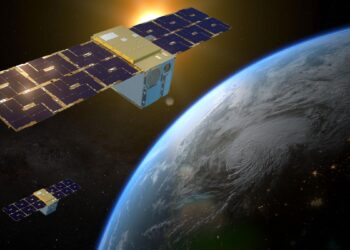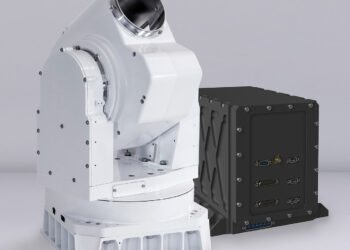Ground segment valued at $78B through 2031
Satcom user terminal market to grow at 7.8% CAGR
The ground segment is predicted to grow over the next decade, driven by demand from new constellations, particularly those in non-geostationary orbits (NGSO).
The market will be worth a cumulative $78 billion during 2022-2031, according to the Euroconsult report “Ground Segment Market Prospects, 3rd edition,” which forecasts the ground station segment to remain relatively stable during the same time period.
NGSO constellations will drive growth because they require more antennas per ground station, Jean-Benoit Laithier, Euroconsult principal adviser, told Connectivity Business News.
Overall, the ground segment will grow at a 1.4% compound annual growth rate (CAGR), according to the report. However, that understates the increase in communications because it includes video, which will decline, Laithier said, adding that it also includes Earth observation and defense.
Ground segment capacity in satellite communications will grow faster than value, as new constellations drive for efficiency in order to compete on price, Laithier added.
The volume of ground station shipments in the defense sector will grow at a 6% CAGR, Laithier said, as militaries modernize, replace, upgrade and increase ground station capacity.
Constellations require new terminals, antennas

Constellations are already choosing equipment providers for end-user terminals and antennas. For example, Telesat (TSX:TSAT) selected Intellian for user terminals for its Lightspeed constellation earlier this year.
Currently, electronically steered antennas (ESAs), which are better able than traditional parabolic antennas to track fast-moving satellites in lower orbits, comprise approximately 30% of the market, Laithier said. That will grow to more than 50% by 2031, according to the report.
The user terminal market for satellite communications will grow at a CAGR of 7.8%, according to the report.
Ground-segment-as-a-service will ease initial growth
Incumbents in the ground-segment-as-a-service (GSaaS) business are Norway-based KSAT and Swedish Space Corporation (SSC), according to Laithier. KSAT currently offers 25 ground station sites with 260 antennas serving 750,000 satellite passes per month, according to its website.
GSaaS will expand with the initial deployment of constellations to $250 million annually by 2026 and decline to $200 million annually by 2031, according to the report. Companies that have recently launched a new constellation and initially wish to avoid overspending on the ground segment make up the foundation of GSaaS business, Laithier said.
GSaaS will mature naturally, resulting in slower growth and a decline in price per satellite pass, he added.









